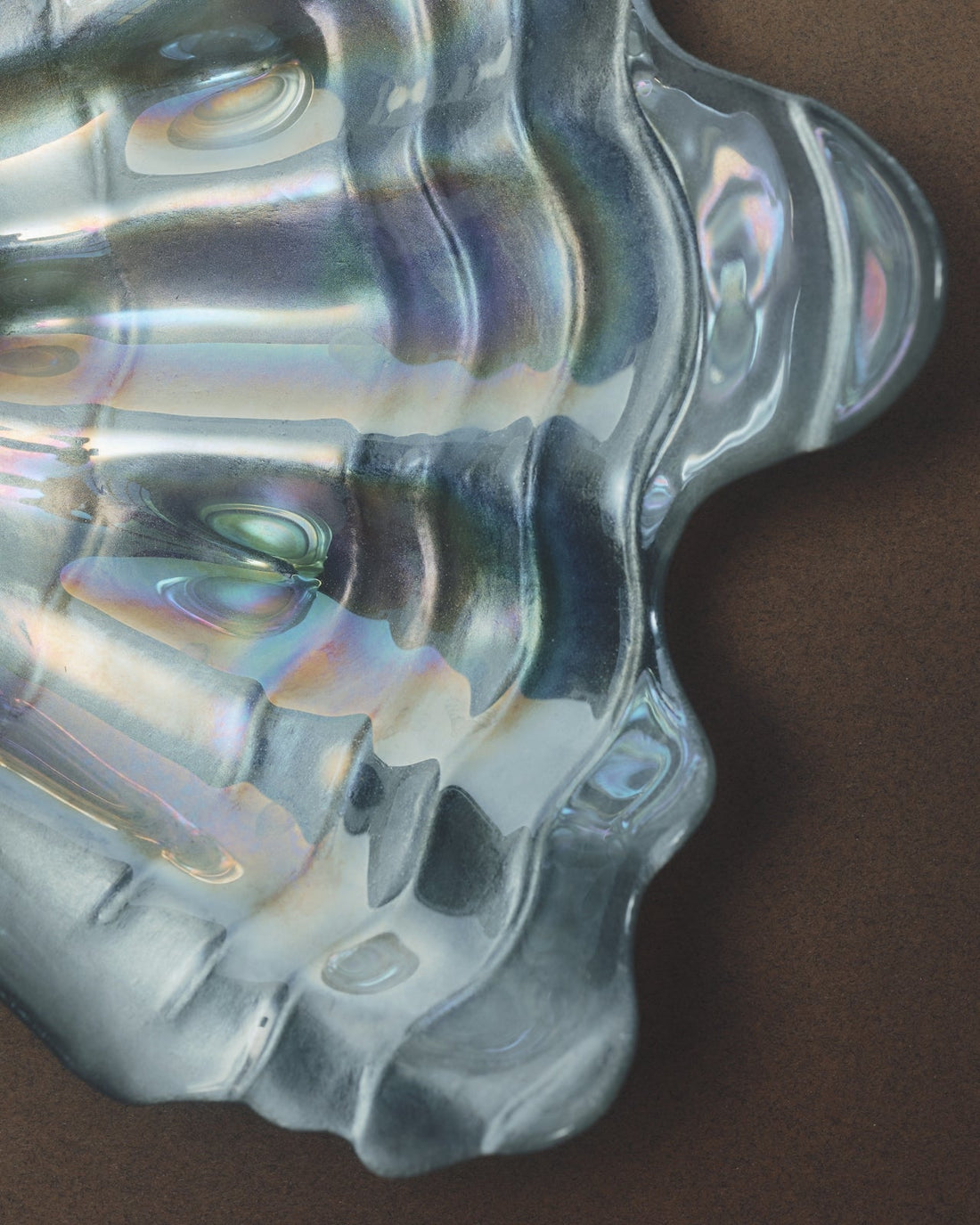
Why We Have Phases of The Moon
Share
Have you ever looked up at the night sky and noticed that the moon looks different every night? Sometimes it’s a skinny little sliver, other times it’s big and round, and sometimes it’s not even there at all. That’s because the moon goes through “phases.” But why does that actually happen?
The basics
The moon doesn’t make its own light—it reflects the sun’s light. As the moon orbits around Earth, the angle between the sun, Earth, and the moon changes. Depending on where the moon is, we see different parts of it lit up. That’s what creates the phases.
The phases in order
-
New Moon 🌑 – the moon is between Earth and the sun, so we can’t see it.
-
Waxing Crescent 🌒 – just a sliver of light shows up.
-
First Quarter 🌓 – half the moon is lit, like a perfect half-circle.
-
Waxing Gibbous 🌔 – more than half is lit, almost full.
-
Full Moon 🌕 – the whole face is shining bright.
-
Waning Gibbous 🌖 – it starts shrinking again.
-
Last Quarter 🌗 – back to half.
-
Waning Crescent 🌘 – just a tiny slice before it disappears into another new moon.
Why it matters
The phases of the moon have been tracked for thousands of years—by farmers planting crops, by sailors navigating the seas, and by people who just love looking up and feeling connected to something bigger.
And honestly? It’s a reminder that everything moves in cycles. Just like the moon, we all have phases—new beginnings, bright full moments, and quiet times to rest and reset. 🌌
